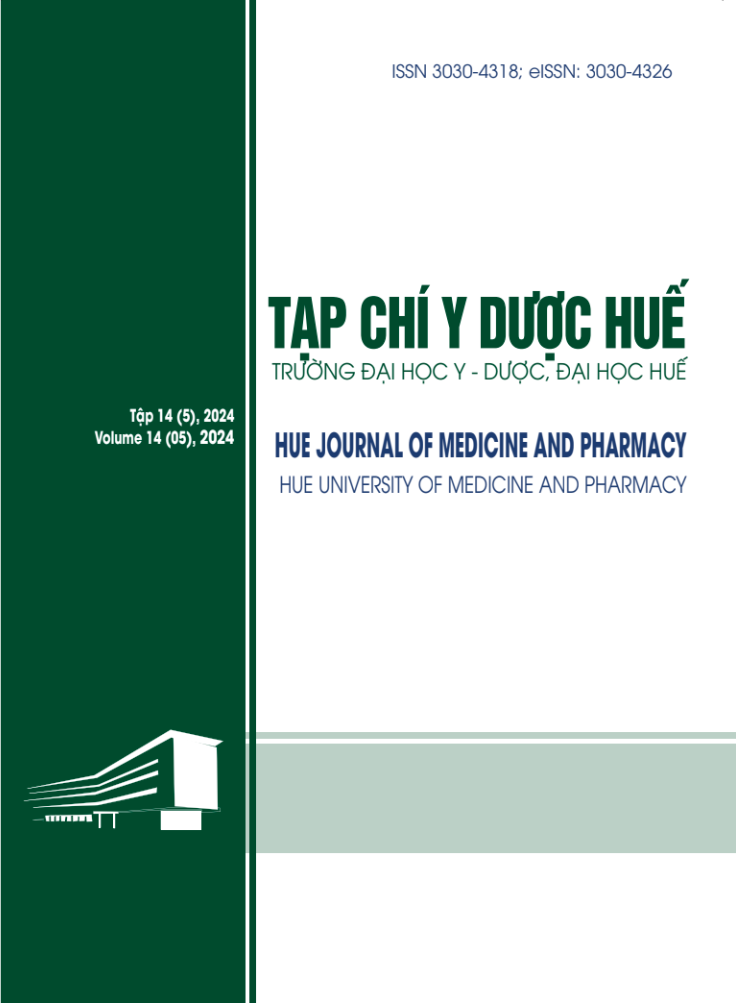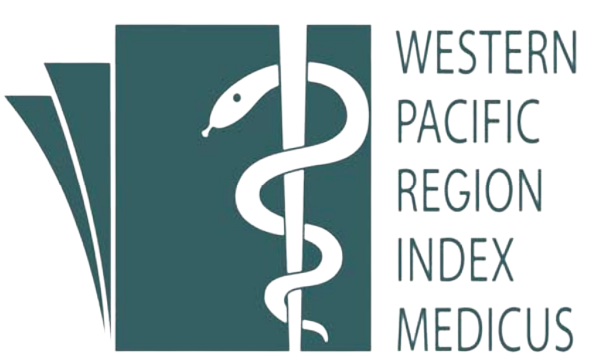Abstract
Background: The increasing rate of cesarean section has resulted in a significant number of cases experiencing severe pain after the surgeries. Multimodal pain management, involving a combination of analgesic medications and regional anesthesia techniques, has been proven to provide significant benefits in pain reduction. However, in Vietnam, the use of systemic analgesic medications remains the primary method of pain management after cesarean section. The aim of this study was to evaluate the effectiveness of diclofenac in multimodal pain management after cesarean section. Material and method: Ninety-two postpartum women who underwent cesarean section were randomly assigned to two groups in a controlled randomized clinical trial. Group 1 was administered paracetamol, nefopam, and diclofenac via rectal suppository, while group 2 was administered paracetamol and nefopam. Pain intensity was evaluated using the visual analogue scale (VAS) and functional activity scale (FAS) at 1, 2, 4, 6, 8, 12, 18, and 24 hours after surgery. The study also recorded the rescue pain relief rate, morphin consumption, and adverse effects of the interventions. Rescue pain relief was defined as the need for 0.05 mg/kg of intravenous morphin when the VAS score was ≥ 4. Results: The results showed that both groups had a high proportion of postpartum women with pain scores of 3 or below at rest. However, during movement, group 1 had a higher proportionof women with pain scores of 3 or below than group 2. The median pain scores at rest and during movement were lower in group 1 than in group 2 at all time points. The basic functional activity of group 1 was also better than that of group 2, with FAS A having a clear advantage, particularly after 18 hours. None of the women in group 1 required rescue morphin, while 15.22% of those in group 2 needed rescue pain relief with a median morphin consumption of 5 mg (3.6). Both groups had average rates of nausea and vomiting, with group 1 having a lower proportion than group 2. Conclusion: The combination of paracetamol, nefopam, and diclofenac in multimodal pain management is effective in reducing pain, promoting early mobility, reducing morphin consumption, and having fewer adverse effects compared to the combination of paracetamol and nefopam| Published | 2024-09-25 | |
| Fulltext |
|
|
| Language |
|
|
| Issue | Vol. 14 No. 5 (2024) | |
| Section | Original Articles | |
| DOI | 10.34071/jmp.2024.5.18 | |
| Keywords | Cesarean section, multimodal pain management, paracetamol, diclofenac, nefopam phẫu thuật lấy thai, giảm đau đa mô thức, paracetamol, diclofenac, nefopam |

This work is licensed under a Creative Commons Attribution-NonCommercial-NoDerivatives 4.0 International License.
Copyright (c) 2024 Journal of Medicine and Pharmacy
Phan, T. N., Vo, T. T. K., Hoang, V. K. H., Nguyen, V. A., & Nguyen, V. M. (2024). A clinical trial evaluating the effectiveness of diclofenac in multimodal pain management after cesarean section. Hue Journal of Medicine and Pharmacy, 14(5), 137. https://doi.org/10.34071/jmp.2024.5.18






